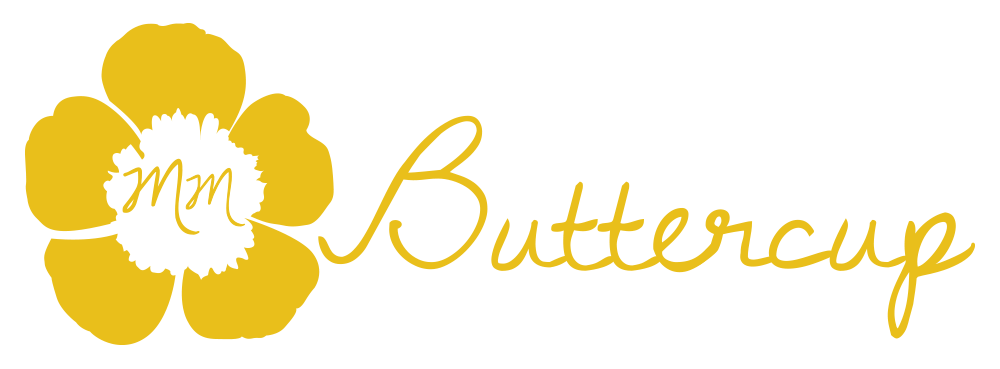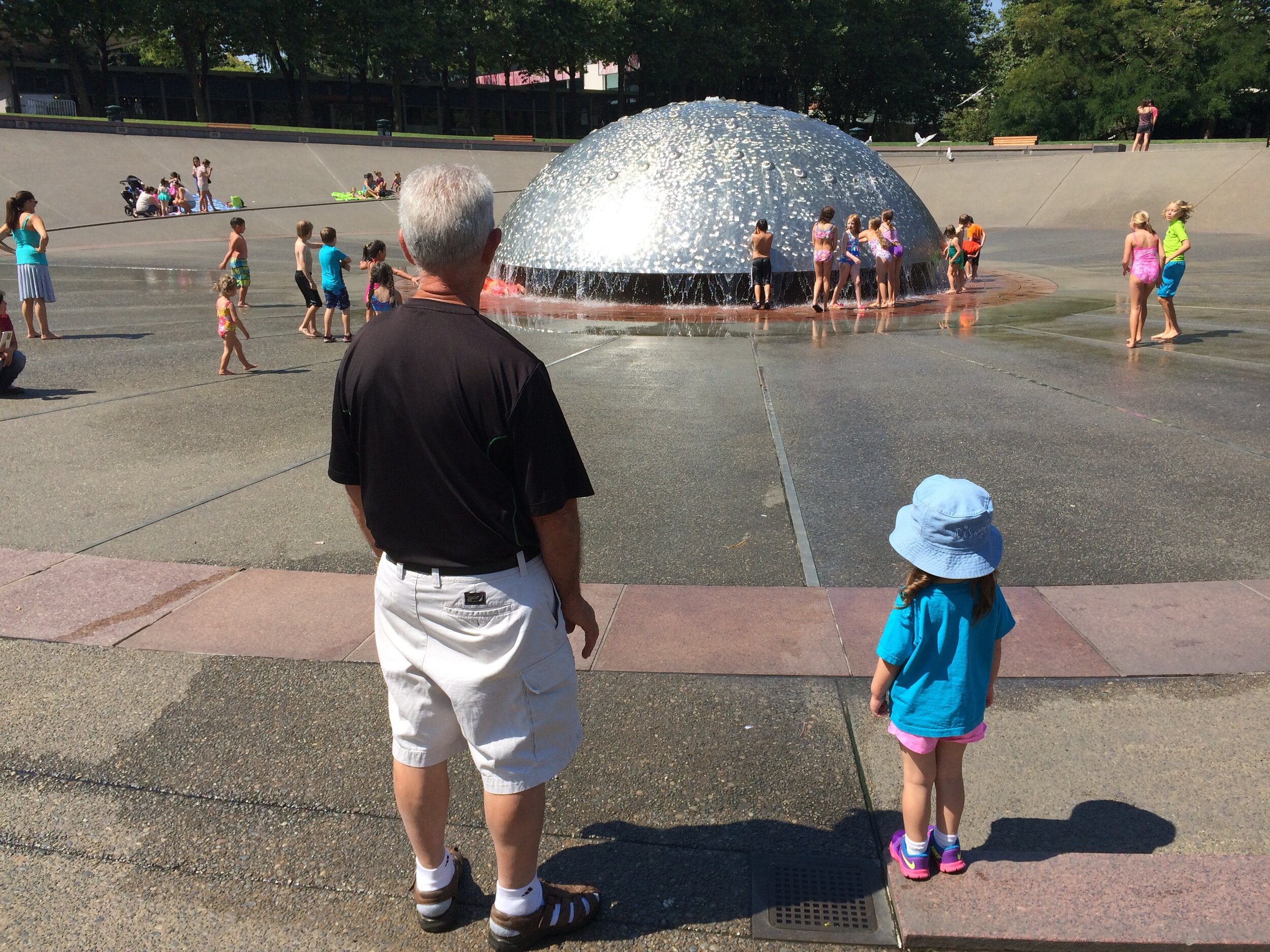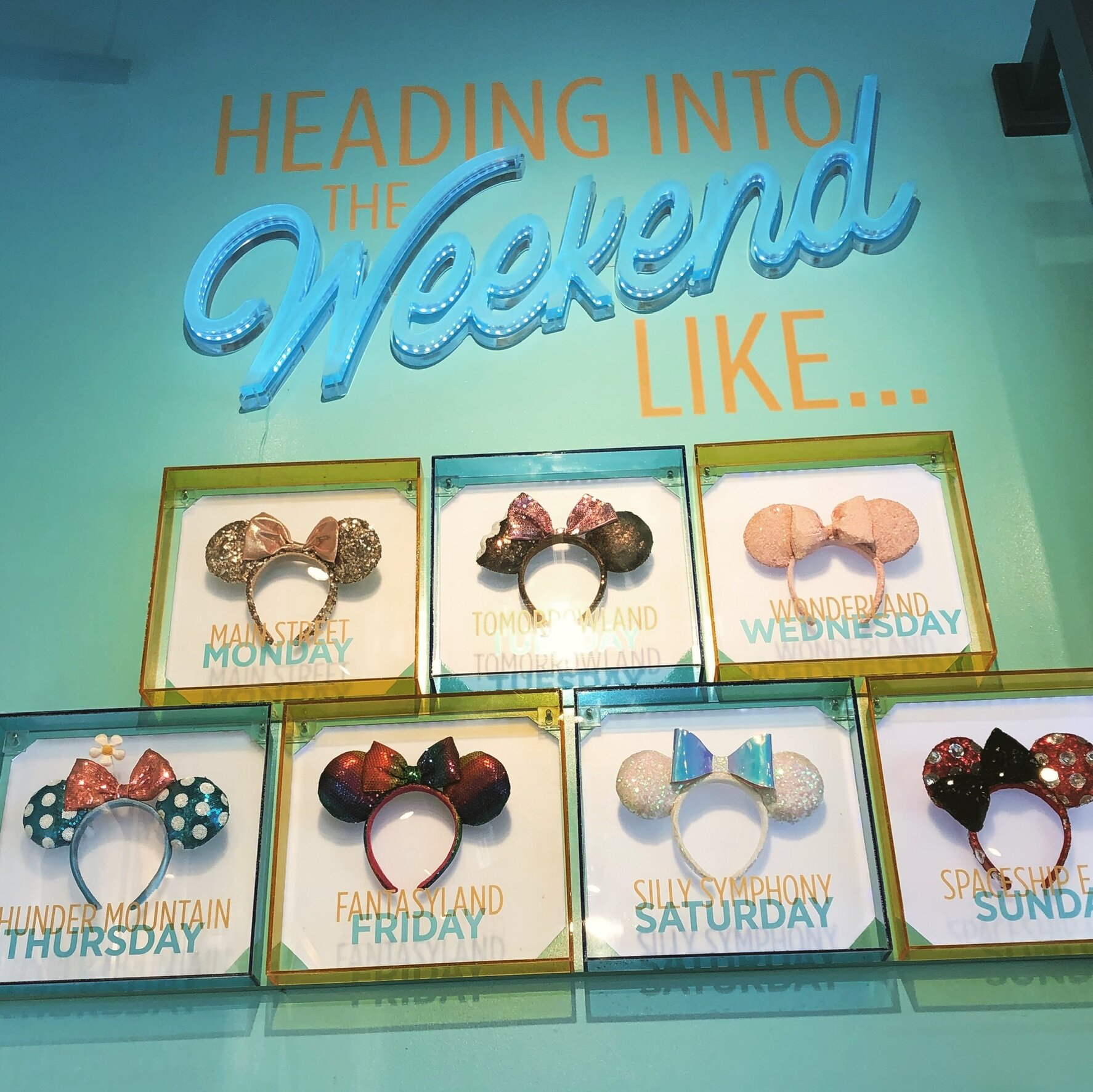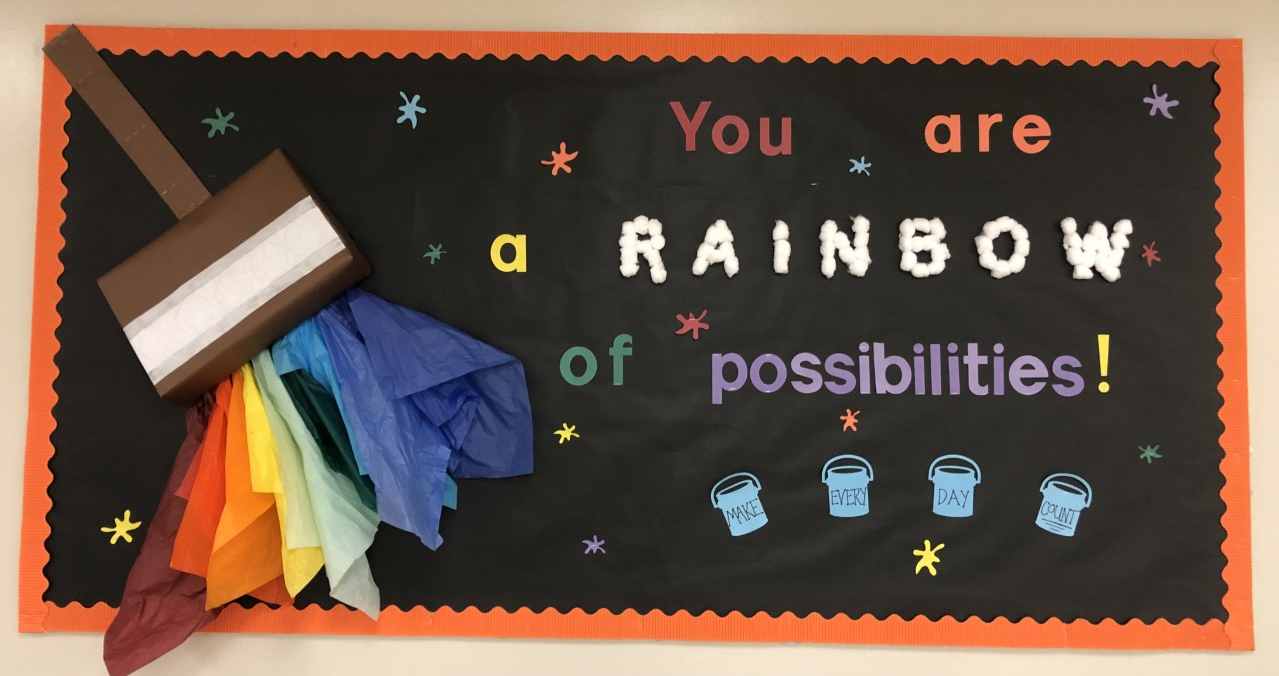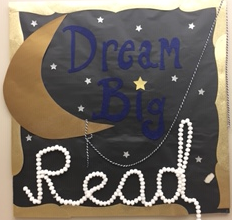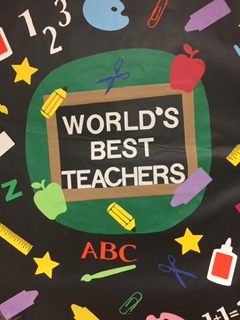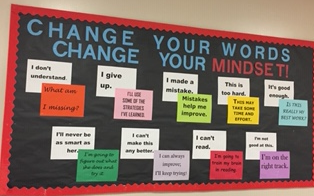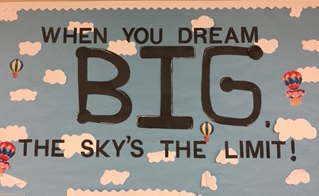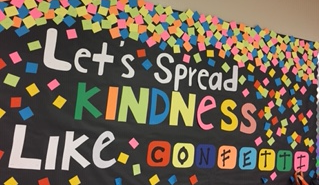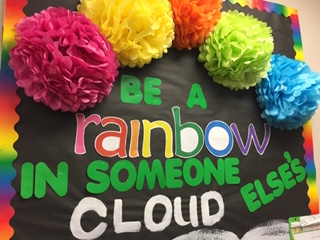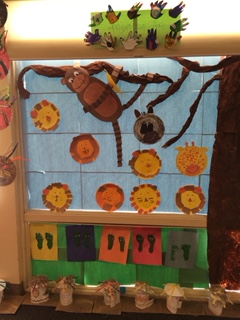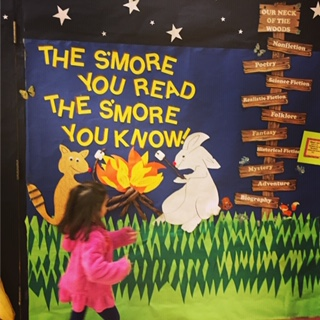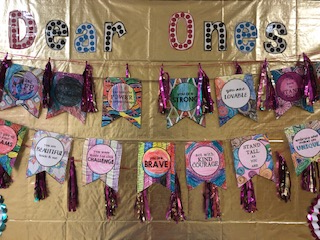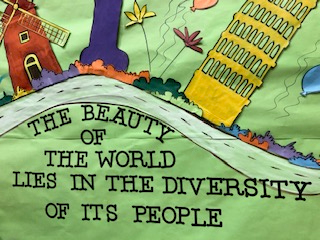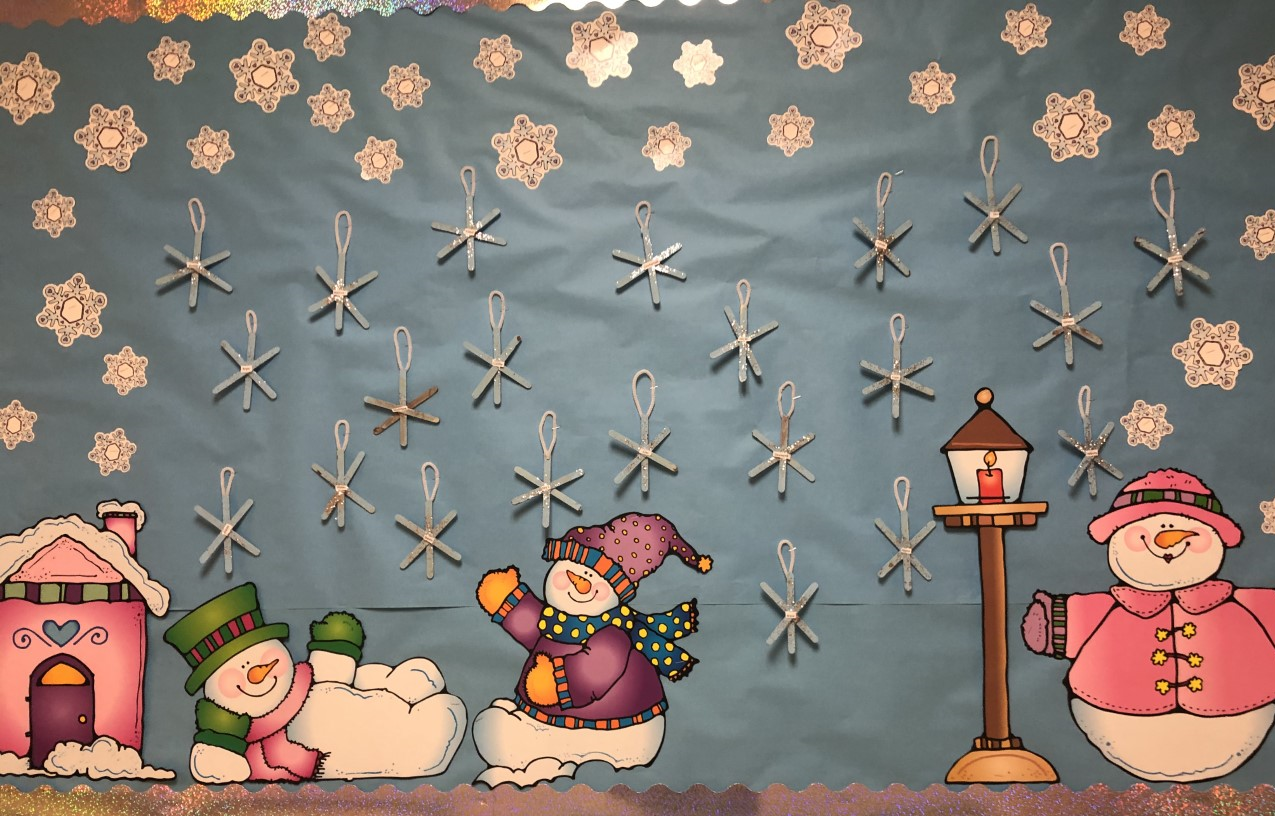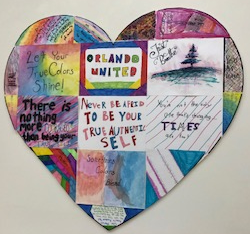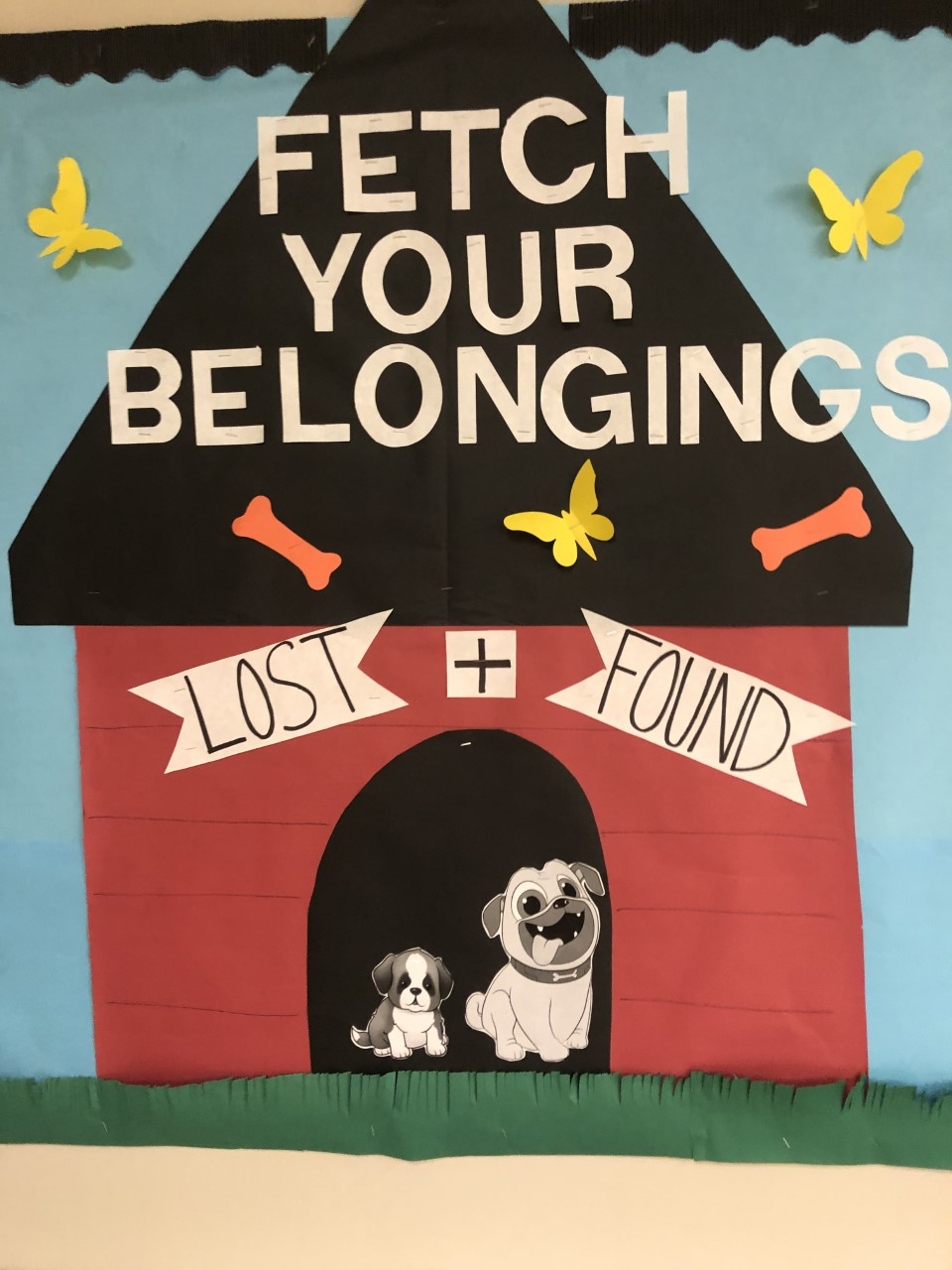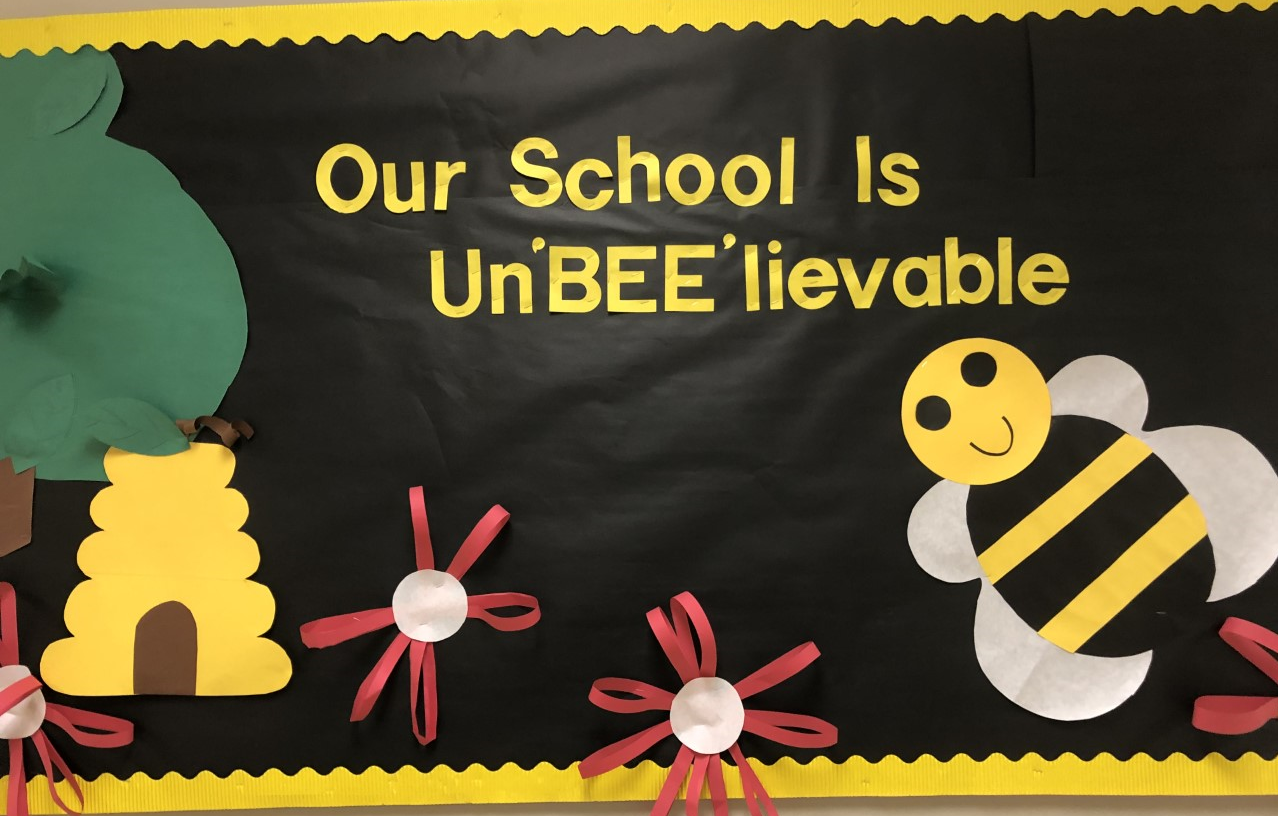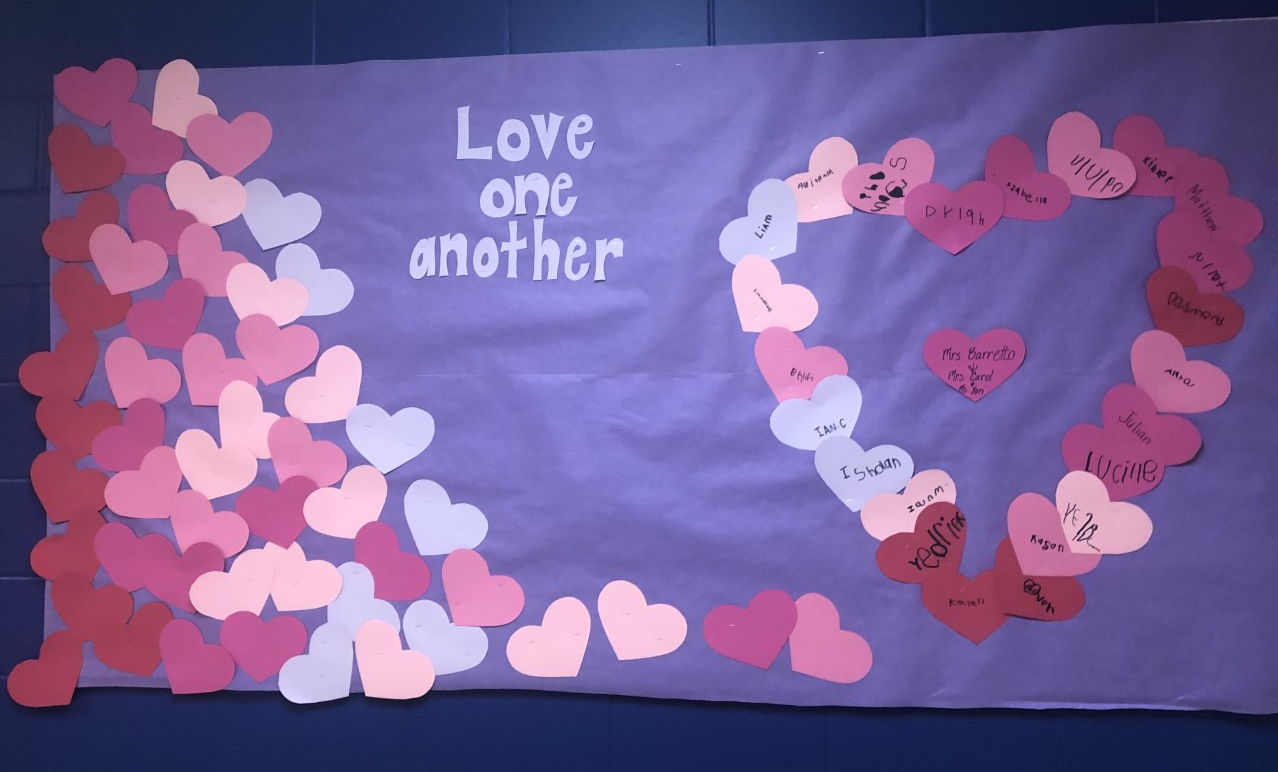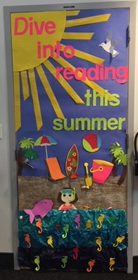Belonging is an essential human need. Early childhood settings need to demonstrate for children and their families that they are cared for and belong. Ecological hospitality is what I’m calling it. Hospitable interactions make a big difference for little ones (and big ones too). The physical space can show that everyone is important and valued. Positive and supportive attitudes, routines, rituals, practices, curriculum, and assessments are thoughtfully considered and created for ecological hospitality to exist.
We met on zoom one more time when we returned from our Reggio Emilia delegation. All of us shared one thing that was a highlight or favorite part of the trip to Italy. It was interesting for me to hear what people shared as their favorite parts. Many of us shared experiences that were relationship-based.
For me, it was my time with friends. I shared one of the highlights of waking up and going to dining room for breakfast every morning in Reggio Emilia. I get up crazy early and write every morning no matter where I am. I brought my writing with me to breakfast, and would drink delicious Italian coffee and start writing. I was usually the first one in the dining room and delighted when my friends arrived for breakfast.
The hotel staff treated me like family. By the end of the two weeks, I was starting to feel like Norm from the television show “Cheers” with the hotel staff and other guests. One lady from the front desk invited me to Sunday mass at the Reggio Emilia cathedral where she got married.
Another hotel employee reached into her own purse under the registration desk and handed me her own personal toiletries she brings to work. She showed care for me when I ran out of toothpaste. The hotel employee working the night shift apologized that the hotel didn’t have any toothpaste for guests who ran out so she reached into her Prada handbag and pulled out a brand new and unused tube of lavender Italian toothpaste. I was so grateful for her kindness. Now every time I go to Italy I bring home Italian lavender toothpaste with me.
I’m writing this month’s blog during the winter holidays when I am on a polka cruise with my family. Surrounding myself with people who make me feel loved. My parents, husband, daughter, and two cousins are all here with me, as well as friends from Arizona. We dance polka everyday during our time on the ship. When we came back to our cabin from the polka party last night, there was a kind note from our ship steward. It may not have seemed like a big deal, but this little gesture meant a lot to me. Little things can be big things that help people feel like they matter.
Me hanging out in the middle of the Atlantic Ocean and getting a little writing done before I dance polka with my Dad and family.
Caring people are what made me feel as though I belonged in both places—Reggio Emilia, Italy and polka cruise. When we create spaces for children and their families, safe and welcoming atmosphere should be present. Make room for the social environment to support the people in it. Use words and actions to create a welcoming place. Ecological hospitality is being good to people because it is the right thing to do. Children and their families are depending on it.
You matter. You are important. You belong here. You are welcome here (or as we say in Italian benvenuti).
“The older I get, the more convinced I am that the space between people who are trying their best to understand each other is hallowed ground.” ~Fred Rogers
